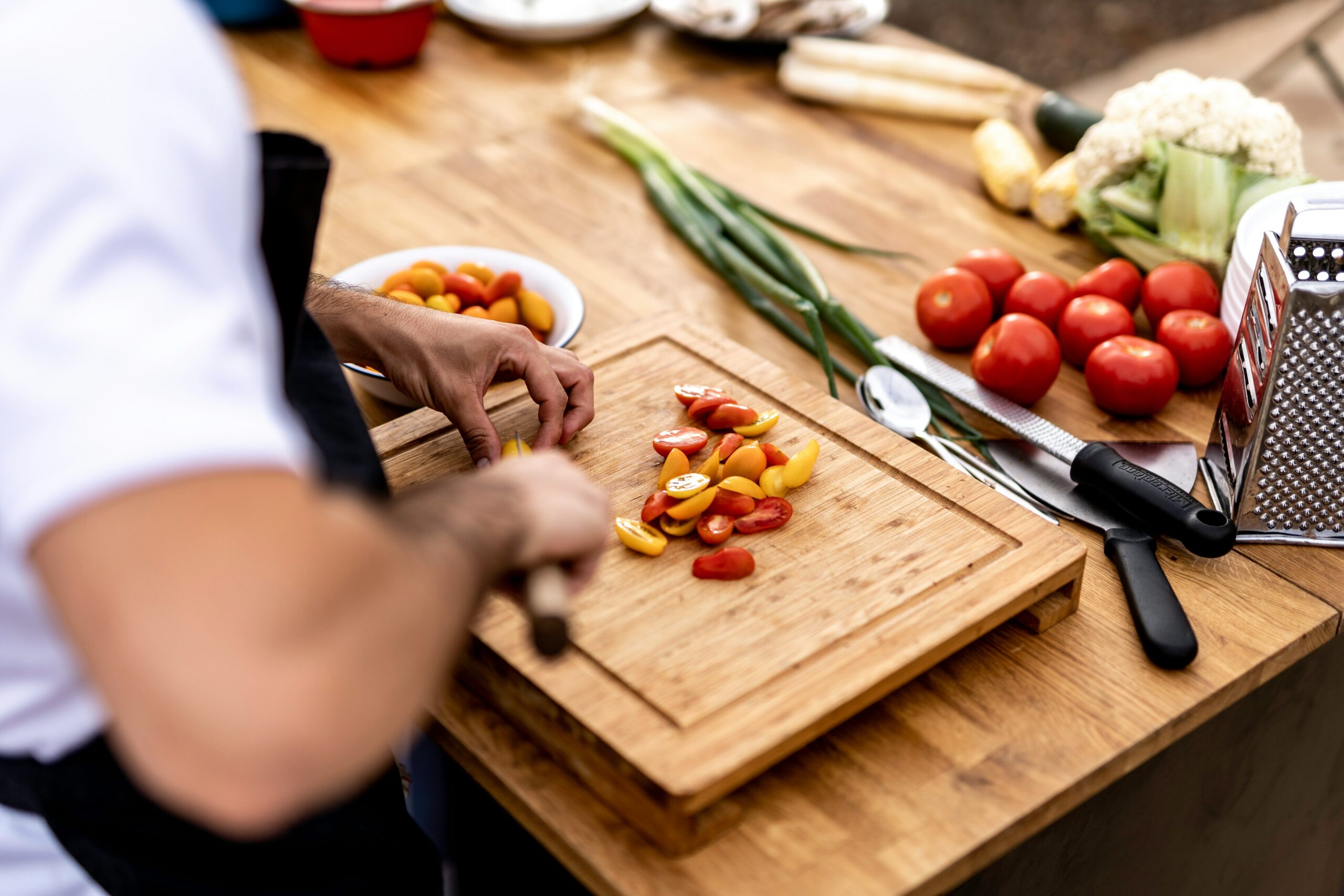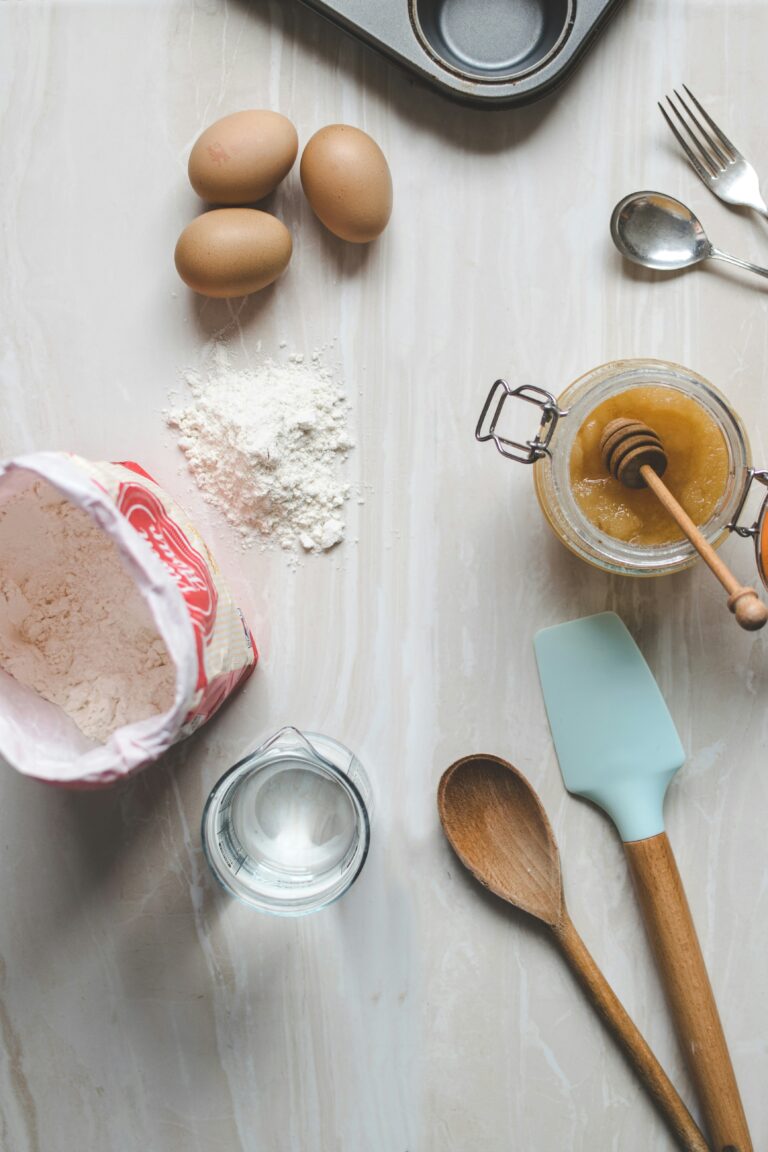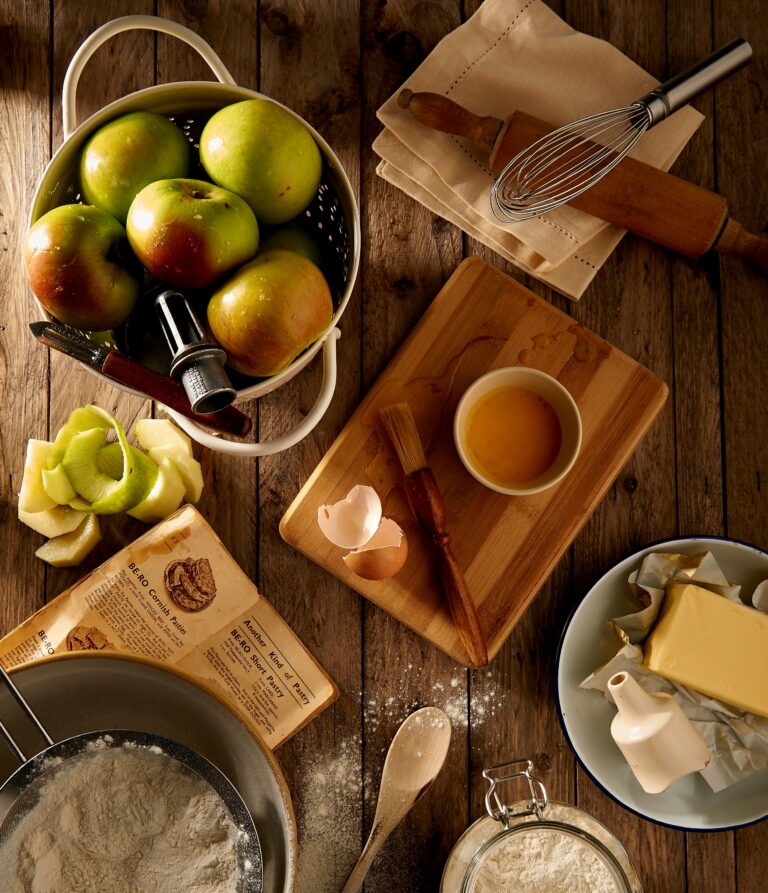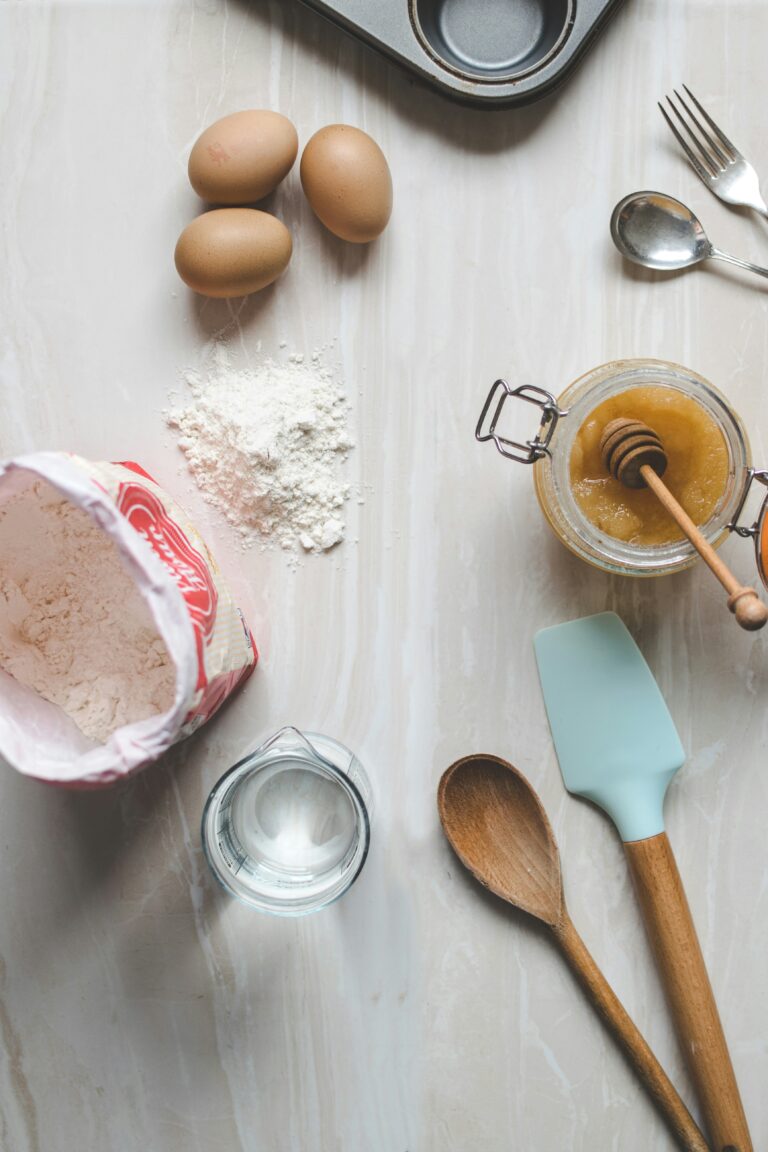Understanding Cooking Measurements
Jumping into the kitchen? Let’s chat about why cooking measurements matter. Measuring just right is like having a secret key to making your recipes sing. Whether it’s a simple pancake or a fancy stew, getting measurements wrong can send your dish spiraling into the “inedible” zone. You gotta know the difference between volumes in cups and weights in grams to hit that culinary bullseye.
Importance of Accurate Measurements in Cooking
Getting measurements on point is kinda like hitting the bullseye in darts. Miss by an inch, and your soufflé’s a flop or your cookies come out rock hard. It’s like magic—add ingredients with precision and voila, your dish is consistently tasty and hits the fan-favorite mark every single time. Exact measurements are like the unsung heroes of the kitchen, turning ordinary cooks into food wizards.
Difference Between Volume and Weight Measurements
Alright, let’s break it down. Volume measurements—those cups, teaspoons, and tablespoons crowd—tell us how much space something’s taking up. Perfect for when you’re dealing with liquids or those scoopable dry ingredients. But when you shift to weight measurements, like grams or ounces, you’re talking exact mass. This is your go-to for the likes of flour, sugar, or nuts, where a smidge too much can mean the difference between perfection and disaster.
Grasping the whole volume versus weight gig is like having a mini superpower in the kitchen. It’s knowing when to grab a cup ‘cause you’re short on time, or go for the scale when precision’s the name of the game. For all things conversion—from cups to grams—check out our guide, how many grams in a cup solid? for some handy tips and cool conversion charts.
Converting Cups to Grams for Solids
Whipping up a storm in the kitchen? Precise measurements can be the secret seasoning for your culinary success. A sticky point for home cooks is flipping those measurements from cups to the ever-mysterious grams for solid stuff. Get a grip on these conversions, and you’ll be cooking up a storm without wondering if you added a pinch too much flour. Let’s dig into some common swaps and chat about handy charts and gizmos that keep you on point.
Common Kitchen Conversions
For rocking solid recipes, swapping cups for grams is your jam. Check out these usual suspects when it comes to common kitchen ingredients:
| Ingredient | Cups (approx.) | Grams (approx.) |
|---|---|---|
| All-Purpose Flour | 1 cup | 120g |
| Granulated Sugar | 1 cup | 200g |
| Brown Sugar (packed) | 1 cup | 220g |
| Butter | 1 cup | 227g |
| Rolled Oats | 1 cup | 90g |
| Chopped Nuts | 1 cup | 125g |
| Chocolate Chips | 1 cup | 175g |
Keep those conversions in your back pocket, or better yet, plaster them on the fridge. Consistent measurements? That’s the recipe for consistent masterpiece-making in the kitchen.
Using Conversion Charts and Tools for Accuracy
Conversion charts could very well be your culinary compass. They lay out various ingredients and their cup-to-gram counterparts so you don’t have to. Skip the guesswork with these quick-glance guides especially when you’re elbow-deep in dough.
Click-friendly online tools have got your back, too. Punch in your ingredient and cup count, and voila—instant gram wisdom. No walking the measurement tightrope required. These lifesavers keep things snappy when you’ve got several ingredients that need mathematical magic.
Nailing those conversions means your culinary creations come out just the way you planned—no surprises, unless they’re the good kind. With a sprinkle of conversion charts and a dash of online tools, you’ll boost your confidence and your cooking game.





